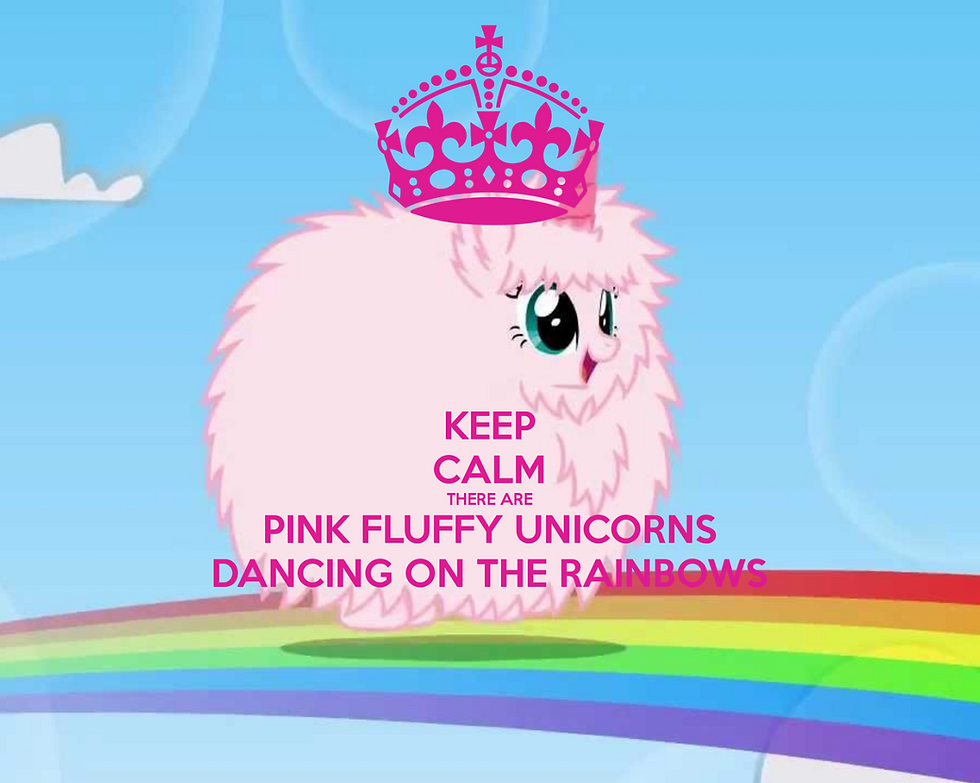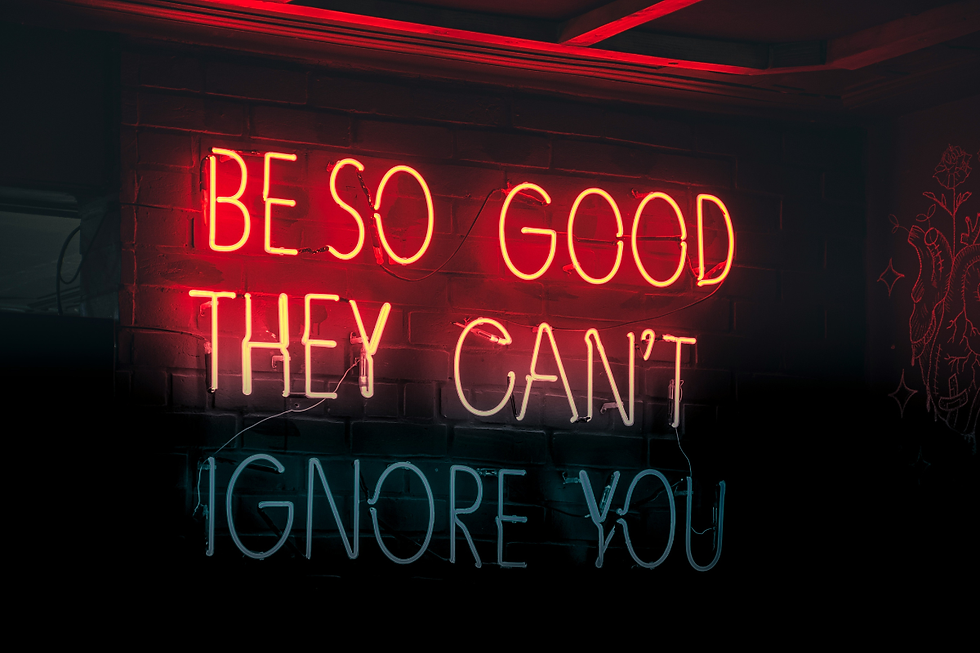Pink fluffy unicorns dancing on rainbows
- Juanita Neville-Te Rito

- Mar 14, 2017
- 5 min read

2016 seemed to me one of the quickest years in history. Many history making events happened (let’s not get into the wig-wearing Trump fiasco). From a retail perspective, we saw the entry of many international retail players to our market, a flurry of hand waving around “omni-channel” (no sh*t Sherlock) and the demise of some exceptional retailers of the past.
I think retail futurist Howard Saunders put it most eloquently when reflecting on 2016, “I believe 2016 was a year of clarity, of realisation. Retail spaces have been desperately trying to 'compete' with online retail with half-hearted attempts at transitional concepts, such as omni-channel. The fog has lifted. If you want 'stuff' then the internet is where you go. But if you want to experience community, social connection and, yes, FUN, then there's no place better than the real world. So, the retail spaces that have flourished are the food markets, the big brand experiences and the places that encourage a sense of community.”
“I believe 2016 was a year of clarity, of realisation. Retail spaces have been desperately trying to ‘compete’ with online retail with half-hearted attempts at transitional concepts, such as omni-channel. The fog has lifted. If you want ‘stuff’ then the internet is where you go. But if you want to experience community, social connection and, yes, FUN, then there’s no place better than the real world. So, the retail spaces that have flourished are the food markets, the big brand experiences and the places that encourage a sense of community.”
— Retail futurist - Howard Saunders
I’ve had countless conversations in 2016 with retailers who continue to think it will be all tickety-boo if they simply open some new stores and sell more stuff. Or they think all they need is a good online website or App and “let’s do some digital” and get something viral. These are delusional or in denial retailers wrapping themselves in a “pink fluffy unicorns dancing on rainbows” moment*.
If the campaign from the new President of the USA has taught us anything it is that standing for something, targeting a clear audience by understanding their needs (or concerns) and being memorable can make a difference.
Scanning the NZ landscape, the most common and potentially fatal mistake for retailers are being beige. When your offer and store is beige than shoppers leave without any impression of your brand whatsoever.
Unless you make a remarkable impression then all traces of the interaction and visit to your store will have evaporated before the shopper even reaches their car.
The year of being remarkable
Pumpkin Patch, Dick Smith, Nicholas Jermyn (even Nosh) all can pinpoint rapid expansion as a significant contributor to their failure and financial woe. There was little fundamentally unique to any of these retailers that couldn’t be copied. In an environment with such significant competition and more choices available to the shopper than ever, means scale and location will simply not be enough to drive sustainable, profitable growth.
RETAIL FUNDAMENTALS – ATTRIBUTES OF RELEVANCY
To shop is to visit. To buy is to purchase. Our clear goal as a retailer is to turn shoppers into buyers. In doing so there are effectively five core attributes that influences whether a shopper seeks you out. These are the attributes of relevancy to be developed or finessed within your business model to ensure you drive performance and differentiation in the market.
Access: this is the extent to which the shopper obtains your good/service at the time it is needed. The degree of ease from physical location through to contact with sales teams or even the organisation. Examples of differentiated access includes Countdown which ranges from metro-style stores in the CBD, localised offers in regional locations, full-service offers in selected locations, prestige offer in Ponsonby and endless aisles delivered straight to your home at www.countdown.co.nz

Experience: this could range from a localised individual experience through to a signature customer experience vs simply opening the doors. If you visit Aesop in Auckland they will develop a custom-made, personalised skincare prescription for your specific needs. If you go to a Mecca Cosmetics they will talk to about your skincare requirements and find the right solution for you from all the brands on stock, but if you go to a supermarket you get to DIY yourself from whatever is on display on the shelf. Alternatively, a visit to Lush at Sylvia Park will see you play yourself with various skincare solutions from their ice-bar with an array of different product to try. All very different levels of experience and outcomes.

Lush Sylvia Park
Price: do you have honest pricing, EDLP, consistent at market pricing, market-leading pricing or are you a price authority? What sits best with your profitability objectives and cost of doing business? Pricing goes beyond how you simply price your goods but includes free shipping, free gift wrapping, and free events.
Product: what is the purpose of your range? To generate credibility, be known for reliability or to generate inspiration? I know I can go and buy a pair of running shoes from Shoe Clinic where they have curated the best array of shoes for people who want the best fit for purpose running shoe for their needs. If I go to Rebel Sport I will get the best-selling, popular products and credible brands. If I go to an Adidas or Nike store I will get inspiration and a depth and breadth of range.

Adidas Originals store Britomart curating a specific streetwear and fashion range
Service: the training you provide your employees on how to engage a shopper, hold their attention, relate with them, and display gratitude for their business. And while it’s great to have employees who have been trained on your products, shoppers relish salespeople who use the products and can share the wisdom they’ve gained from trial and error.
What is the driver of your service philosophy and how you inspire your team to deliver? Simply to accommodate customer needs, to have convenient solutions or have customization of solutions so you might the “on my terms shopper” anywhere/anytime/any place/ choose?
TIMES HAVE CHANGED FOREVER
I have shamelessly stolen this analogy which I read over the holidays (but can’t recall from who exactly).
In the old days, customers would come into a store looking for the cheapest cow. The retailer would say it’s over there and the customer would buy it. Nowadays the retailer must have the cow, butcher it, put the steak on the BBQ until it is charred on the outside and pink in the middle, cut, put it on a fork, and put in the customer’s mouth. Then they’ll think about purchasing it.
The more steps you can excel at in selling that figurative cow these days, the more you’ll stand out.




Comments